
OR
#Opinion
Analyzing UML's View on Nepal-India Open Border
Published On: June 23, 2024 08:55 AM NPT By: Randhir Chaudhary | @randhirJNK
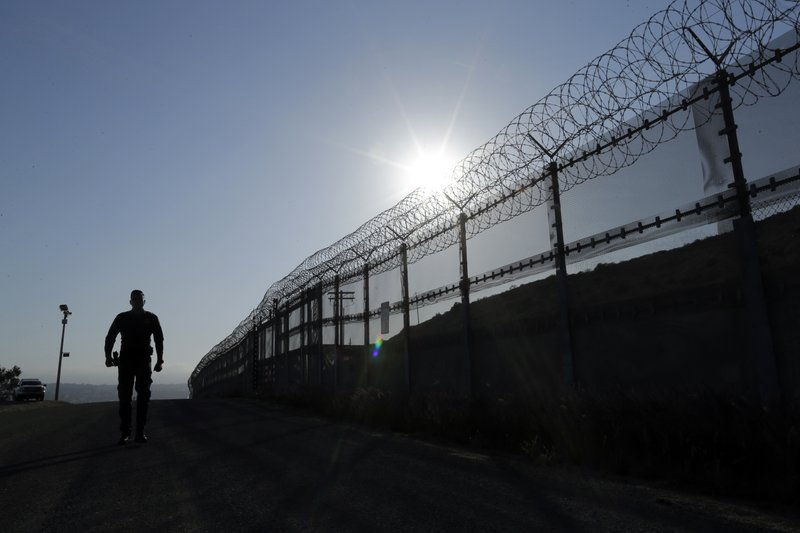

Randhir Chaudhary
The author is a researcher associated with Peace Development and Research Centernews@myrepublica.com
Borders with hostile nations should be fortified with barbed wire; the Nepal-India border should connect rather than divide.
It seems incorrect if Nepal's responsible lawmakers just attribute the country's rising crime rate to its open border. In this regard, the way Kathmandu has been exposed as a hub for gold smuggling is reminiscent of a sensational claim by Charles Sobhraj. Sobhraj, a convicted serial killer, allegedly boasted that he could even smuggle an elephant out of Nepal's main international airport, Tribhuvan International Airport (TIA).
Some members of parliament from the CPN-UML have been saying that the open border between Nepal and India should be fenced with barbed wire. Mahesh Bertaula, the chief whip of the ruling party UML, has drawn the attention of the government to fence the Nepal-India border, raising concerns of rising crime and challenges in revenue collection. MP Raghuji Pant has proposed to invoke passports at the Nepal-India border. Speaking one by one, UML MPs indicate that the UML party has an official position on this matter. Similarly, the so-called nationalists in Kathmandu occasionally propagate similar perspectives, which come across as irrational and sadistic. This article focuses on why and how it is practically incorrect to put up a fence on the Nepal-India border.
Open but controlled
The relationship between Nepal and India dates back to hundreds of years old before the establishment of modern diplomatic relations. It is stated that Nepal and India have maintained their friendship since the Treta Yuga. The present border was established following the Sugauli Treaty of 1816 between Nepal and the East India Company. The existing border between Nepal- India was acknowledged as the international boundary after India’s independence. The open border between Nepal and India is depicted as if the border between the two is ‘completely open’, as if there is no surveillance on the border. The density of crime in Nepal is happening only because of the open border between Nepal and India. Actually this is a perception produced in Kathmandu that sounds pretentious. Speaking of the border management system between Nepal and India, a joint committee was established on February 28, 1997 to carry out new tasks pertaining to border management between the two nations.
First and foremost, it is important to understand that there is some degree of border closure between India and Nepal. Customs offices have been in existence with regard to trade between India and Nepal. On the border, each nation has dispersed its own security measures. Security agencies like the CDO, the Armed Police Force, the Nepali Army, the Nepal Police, and the National Investigation Department, which represent the federal government, are arranged in the district headquarters that are adjacent to India. The Indian and Nepali sides are continually patrolled by the respective security agencies from both the countries. Surveillance cameras have been installed on both sides. Information about the motors traveling from Nepal to India and the other way around is recorded. Regular bilateral security meetings have been held between India and Nepal where a range of challenges, from cross-border control to the management of criminal activity, have been coordinated and cooperatively addressed.
Saying that crime has increased in Nepal despite a strict security system in the face of security management seems erroneous, regardless of whether this is due to a lack of integrity in their work or to a shortage of technology and human resources in Nepal's security agencies. In this case, it seems incorrect if Nepal's responsible lawmakers just attribute the country's rising crime rate to its open border. In this regard, the way Kathmandu has been exposed as a hub for gold smuggling is reminiscent of a sensational claim by Charles Sobhraj. Sobhraj, a convicted serial killer, allegedly boasted that he could even smuggle an elephant out of Nepal's main international airport, Tribhuvan International Airport (TIA). When 100 kg of gold were recently smuggled out of TIA, Charle’s statement was not only validated but rather has revealed Kathmandu's lackluster security.
One can agree that open borders could make it more difficult to collect revenue. It is commonly known that customs personnel intentionally underreport the number or quantity of products imported from India in order to evade the tax. Regarding illicit transportation, there are numerous reasons to support the assertion that it is impossible to carry out such acts without the security authorities' collusion. To cope with the situation, there are Integrated Check Posts (ICPs) at four significant locations along the border between Nepal and India: Nepalgunj, Bhairahawa, Biratnagar and Birgunj. These ICPs are equipped with cutting-edge infrastructure to facilitate the smooth movement of people and goods across the border and to enhance trade and connectivity between India and Nepal. The ICPs have been built with the Indian grant. The checkpoints provide amenities for drivers and passengers, as well as warehouses, refrigeration facilities, medical zones, and quarantine zones. Additionally, these facilities will feature wastewater treatment facilities, CCTV camera security systems, and a 24-hour power backup.
Management and development
Border areas fall into three primary categories: minimal, zero, and maximum. Minimal borderlands show any ethnic or cultural affiliation. Zero borders are areas of friction caused by extreme ideological and even religious opposition between people living on opposing sides of the boundary. Maximal borderlands are areas where people live who share linguistic, cultural, ancestral, or other affinities. Nepal and India have a maximal borderland which is based on the ethos of ‘civilization and friendship.’
Five Indian states: Sikkim, West Bengal, Bihar, Uttar Pradesh, and Uttarakhand are connected by a common border spanning over 1850 kilometers between the two nations. It appears as though certain political figures from Delhi or Kathmandu are taunting the Indian and Nepali residents residing in the border districts whenever they criticize the ancestral spirit of an open border between the two nations. Borders with hostile nations should be fortified with barbed wire; the Nepal-India border should connect rather than divide. Initially, however, we must consider the needs of the people living along these borders. People living in borderlands may cross the border three times a day for shopping, family matters, and other purposes. Having a borderland with stability, progress, and prosperity is the best approach to ensure security. In fact, hostile non-state actors or third countries will exploit instability. Nepal and India must enhance their cautiousness. Because of this, the pragmatic global consensus is that developing the borderland is the best approach to get borders secured.
Finally, yet importantly, it would be regrettable if Kathmandu-centric communist leaders project the relationship between the two countries in a friendly way by giving an irreverent expression like erecting barbed wire on the friendly border between India. We must never lose sight of the fact that the ‘shared civilization’ and ‘open borders’ have made the relations between Nepal and India ‘special.’
You May Like This

APF establishes border outpost in Dadeldhura along Nepal-India border
DADELDHURA, Sept 30: The Armed Police Force (APF) has established a border outpost (BOP) in the Rupal area of Bhageshwar... Read More...
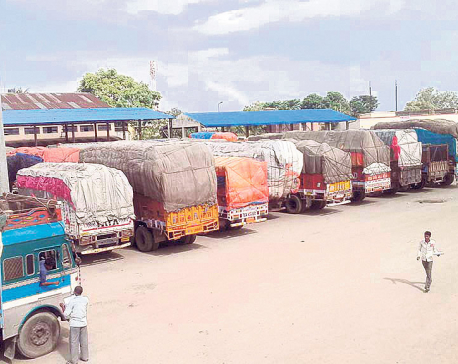
Biratnagar ICP starting full-fledged operation from Dec
KATHMANDU, Nov 3: The country’s second integrated check post (ICP) in Biratnagar is set to come into full operation from... Read More...
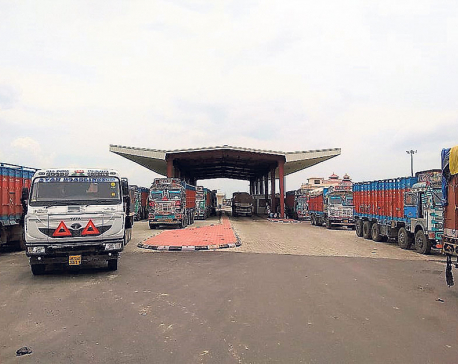
Birgunj customs falls 32% short of revenue target
BIRGUNJ, Oct 31: Birgunj Customs Office -- the major custom point of the country -- has failed to collect targeted... Read More...
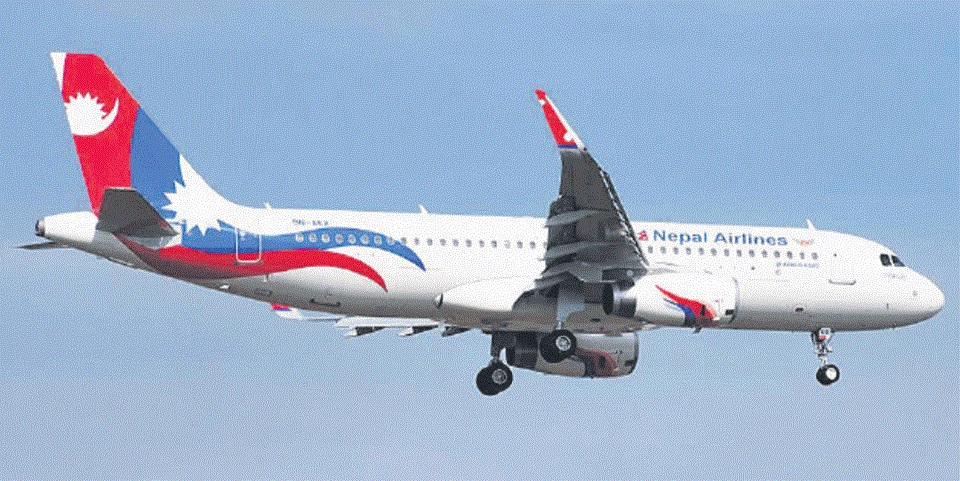
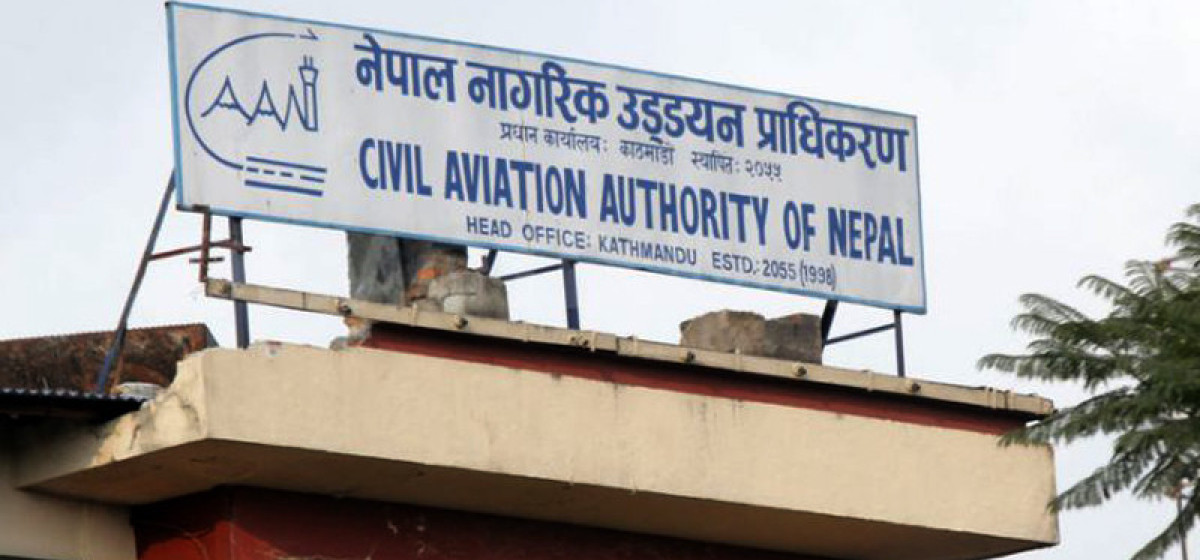



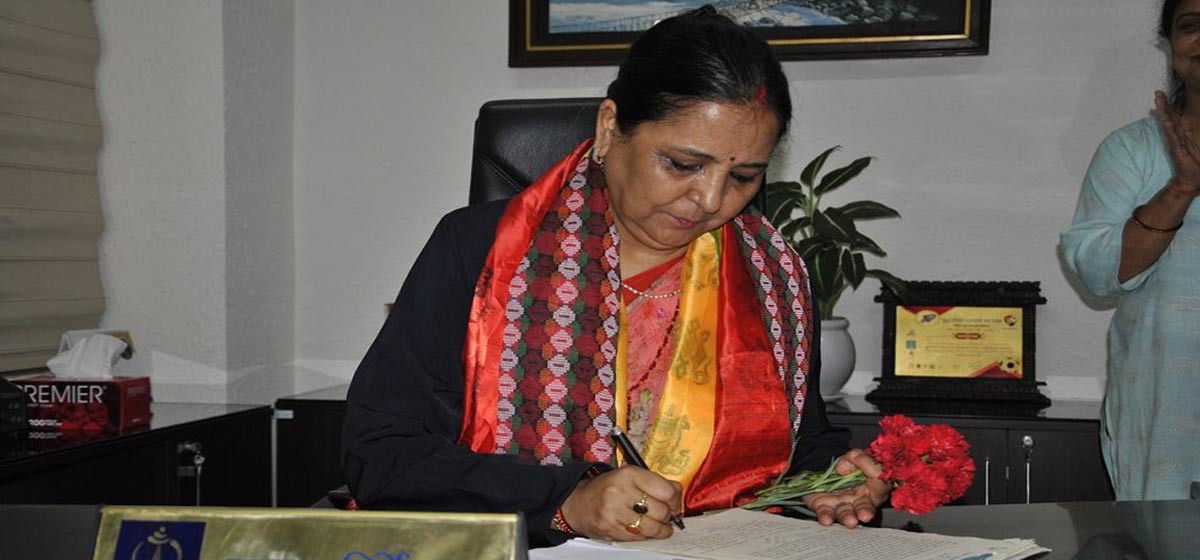
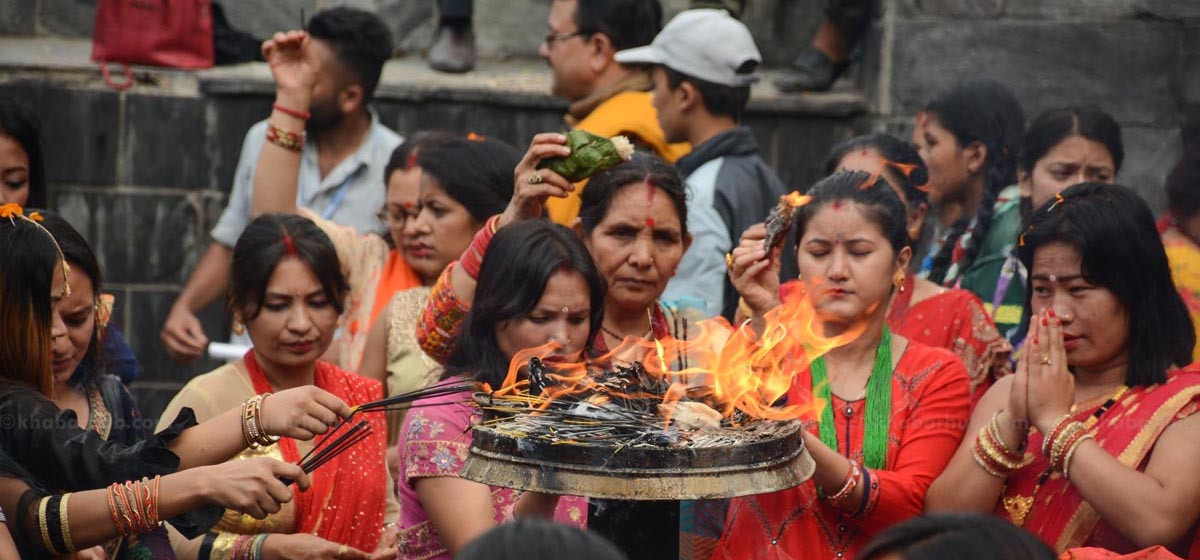

Just In
- Climbers begin securing permits for autumn mountaineering
- Govt will monitor whether students received scholarships in all local bodies: PM Oli
- Former PM Dahal honors Paris Paralympics bronze medalist Palesha
- China Southern Airlines interested in flying to Pokhara and Bhairahawa
- ‘Action will be taken against those spreading anarchy in the name of media’
- PM Oli loses 77,000 facebook followers amid ‘unfollow’ campaign; only 4,000 recovered
- Facebook apologizes and restores Balen's status
- Sri Lanka Development squad defeats Nepal by 5 wickets in third practice match



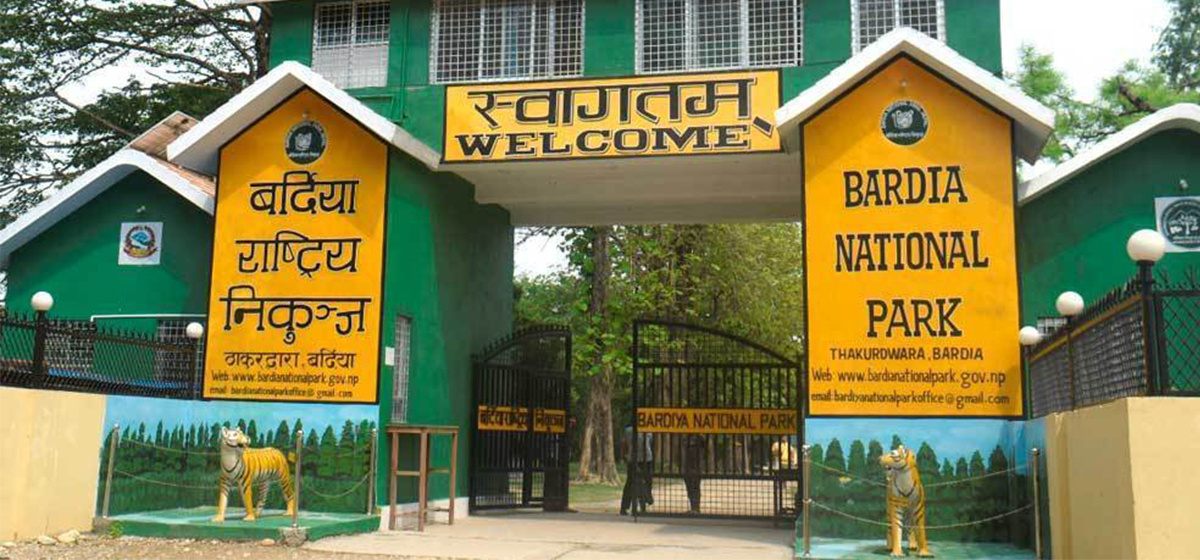
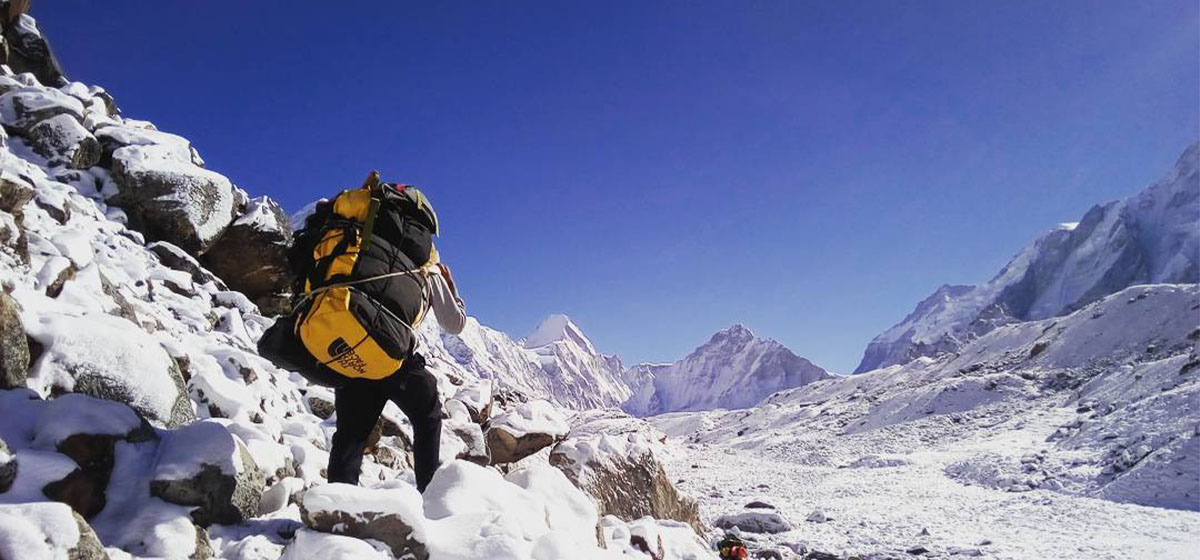


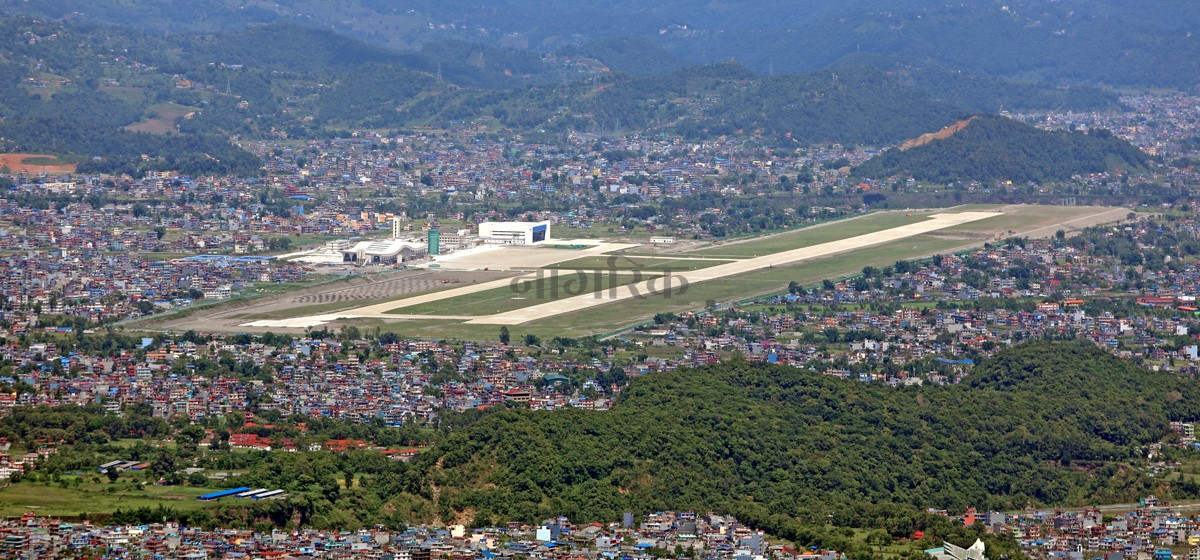
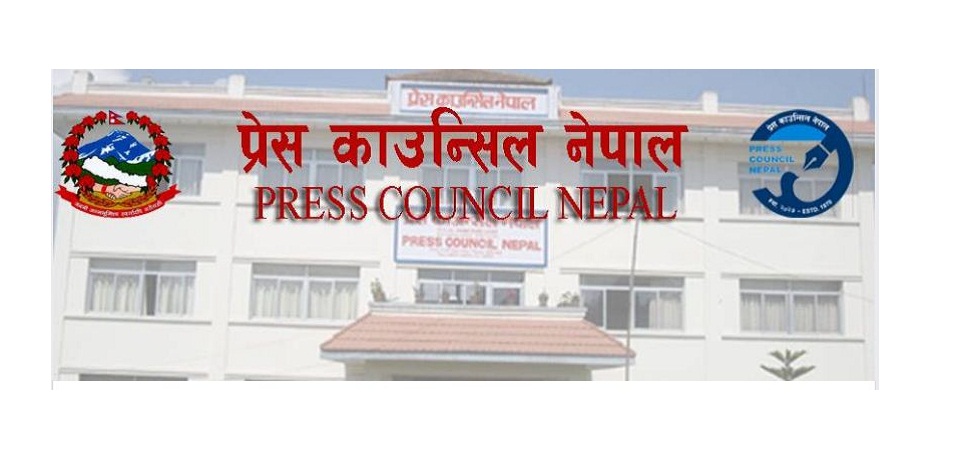
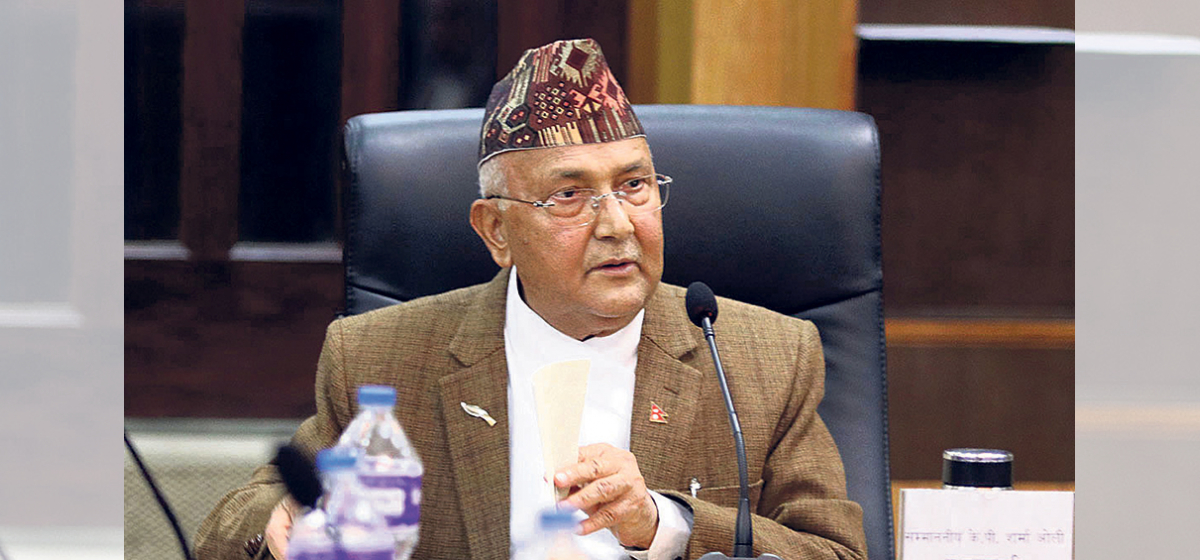

Leave A Comment